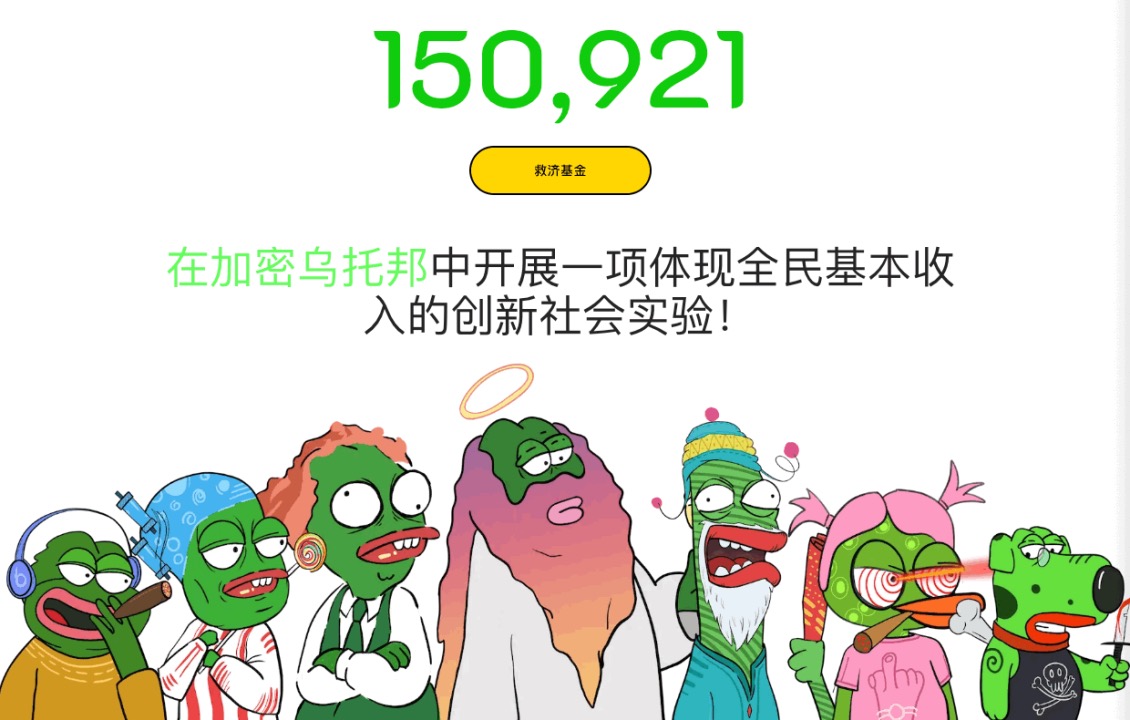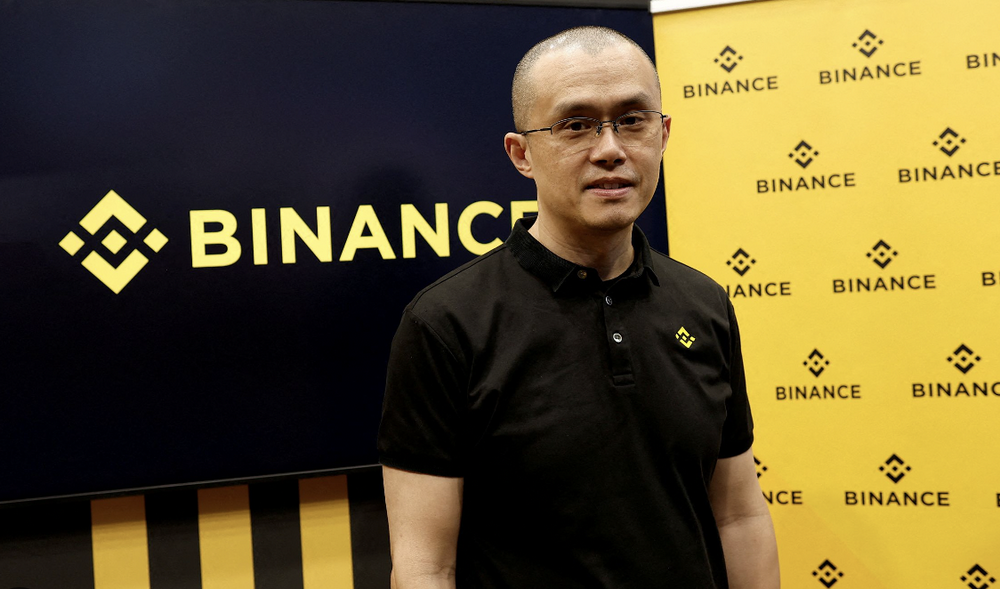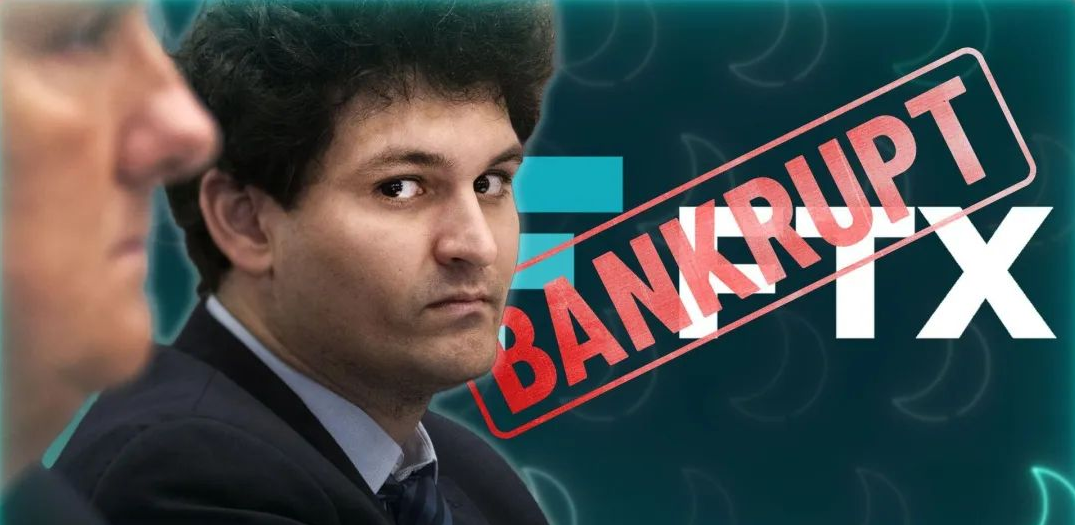Babbitt Column | Blockchain + Digging Mining: Collision between New and Old Mining
I. Industry Overview
For the mining industry, the practitioners in the blockchain industry are no strangers – as a medium for introducing the term “blockchain” into the real world, the production process of bitcoin is commonly referred to as “mining” in the industry, so much that People have almost forgotten the meaning of the word. If you search for "mining" on search engines, a considerable part of the results are related to bitcoin and blockchain. In fact, according to national industry statistical standards published by the National Bureau of Statistics, the traditional mining industry refers to “naturally occurring minerals such as solids (such as coal and minerals), liquids (such as crude oil) or gases (such as natural gas). Excavation; includes underground or above-ground mining, operation of mines, and all auxiliary work, such as milling, beneficiation and treatment, that is typically carried out near the mine site or site to process raw materials; Preparing for work.” Considering that the mining industry chain is short and the research space is limited, this article will also include the “mineralization” upstream, that is, “exploration”, to explore the scope of what is called “new mining”. What kind of sparks will happen when a blockchain collides with a traditional old mining industry.
Compared with the author 's agriculture in the article “The most traditional and cutting-edge collision: when agriculture encounters blockchain” , the development of mining is highly linked to the macroeconomic cycle. This can be supported by the division of the history of modern mining development. It is generally believed that the global mining cycle can be roughly divided into “four cycles” or “three cycles”. The "four-cycle theory" began with the end of World War II: the first cycle was driven by the post-war renaissance in Europe: the second cycle was the mining "golden age" brought about by the rapid development of the Japanese economy in the 1960s; The three cycles were triggered by the establishment of the "East Asian Model" and the rise of the "Four Little Dragons"; the fourth cycle began in 2003 and was driven by the rapid increase in the demand of the BRIC countries, while the "three-cycle theory" The division is from 1885, the time span is relatively larger: the first cycle, driven by the US industrialization, after 30 to 40 years: the second cycle after the end of the Second World War, Europe and Japan Industrialization is the main driving force, lasting about 30 years before and after: The third cycle began in 2003, and the industrialization and urbanization process of emerging countries represented by China is the main driving force. Although the two historical divisions differ in the way they are different, the essence is the same—that is, the cycle of mining development is basically consistent with the cycle of economic development and industrialization, so in reality we can see if a certain region The industrialization and urbanization process has made significant progress, so the mining industry has a great chance of development; on the contrary, if the industrialization progress is slow, many disadvantages of the mining industry and enterprises will be exposed and become a drag on relevant stakeholders.
With the improvement of the industry's prosperity and the growing activity of the contemporary financial market, in the past few decades, the capital inflows in the mining industry has been very abundant, the related M&A activities have increased rapidly, the number of industry companies has decreased, and the centralization pattern has improved significantly. . The data shows that in 1995, the top 10 mining companies in the world ranked 23% of the market share, and significantly increased to 35% in 2008, and this centralization trend seems to be increasing. A 2012 report stated that, from the market concentration of single minerals, even the most dispersed minerals, the top ten mining companies control nearly 35% of the market. For precious metals such as platinum, the top ten mining companies have a market share of 93%, and the monopoly features become more apparent.
Figure: The decline in the number of Chinese mining companies in the past few years, supporting the improvement of the centralization of the mining industry (unit: 10,000)
- Amazon: Further, its management blockchain will be fully utilized
- The cryptocurrency version of "The Game of Rights", if the BTC is a dragon mother, who is the ghost?
- Millennials dance with cryptocurrencies

Second, the industry pain points
From the above description, compared with the agriculture in the previous chapter, because mining is a resource-intensive, capital-intensive industry (in fact, some mining areas are also technology-intensive industries), only companies with a certain size or above have the ability. Engaged in, so the concentration is relatively high, and can not be excessively sinking and decentralized as the agricultural industry. In particular, with the intensification of mergers and acquisitions in the mining industry in recent years, the degree of centralization of the industry pattern has increased, and the brand effect of enterprises has gradually strengthened. Whether it is a supplier of upstream equipment services or a customer engaged in smelting and manufacturing downstream, a relatively mature communication and trading model has been formed.
However, the limited degree of decentralization of the industry pattern does not mean that there is no crisis of confidence in the mining sector. On the contrary, the issue of trust has been running through the development of the mining industry for a long time. Even some big-name mining companies are deeply troubled. The source behind this crisis is the opacity of the real reserves and value of mineral resources.
Why is the authenticity of mineral resources reserves and values so important? Because it directly relates to the valuation of mining projects. For the general industry, the goods they provide are good, the service is worth it, most of them can make investors visible to the naked eye and make a preliminary estimate. Mining is not the case. Because mineral resources are mostly buried underground before mining (the so-called “open-pit mines” are only buried shallowly), the information is highly asymmetric, so investors can only use minerals as information agents. The company, as well as the relevant institutions that endorse it, have an understanding of the relevant projects. This is also the biggest difference between mining and other industries. Therefore, for mining companies, if they can provide accurate project valuations to investors, they can protect the interests of investors, on the other hand, they can maintain their good reputation and promote the continuous flow of external funds into the mining sector.
However, in reality, because of the great information asymmetry between the chain of “mineral resources reserves – mining companies – investors”, they often face investors and mining companies. Risk in both directions:
First of all, in the "Mineral Resources Reserves – Mining Company" section, for mining companies, they are likely to misjudge mineral reserves due to technical objective reasons, resulting in unintentional exaggeration of project valuation. As we all know, prospecting and mining is a very risky industry. The quantity and quality of mineral resources often need to be determined after years of exploration and even mining. However, for the relevant staff, they often need to explore the mine. The reserve is determined as accurately as possible in the shortest possible time and in the shortest possible time. Such work requirements determine that the assessment of mineral resources is bound to be biased. Throughout the development of mining industry in the world, the prediction of misalignment is everywhere. For example, in the early 21st century, many newly discovered oil and gas minerals were once considered by technicians to have the highest reserves in the world, but later It turns out that real reserves are not that much, and a series of investments around these startups have suffered.
Secondly, in the “mining company-investors” section, for investors, startups may subjectively and maliciously report reserves. Compared with the technical errors mentioned above, this situation is more harmful to the interests of investors and the credibility of the industry: the former has some theoretical and information support, while the latter is almost entirely subjective and even Fabricate numbers. Typical cases include the notorious "Bre-X" scandal: In 1995, the lesser-known Canadian company Bre-X announced the discovery of a giant gold mine in Indonesia. With the advancement of related work, the reserves of gold mines rose rapidly from the initial claim of 142 tons to the subsequent 2013 tons, during which astronomical figures with a forward resource of 6,250 tons were transmitted. With the help of this information, Bre-X's market value has soared nearly a thousand times in a short period of time, making it the fastest-growing "thousands of coins" in the traditional financial market. However, the good times did not last long. In 1997, Bre-X was exposed to gold in the test samples, and the so-called "large gold mines" were completely illusory. Related market investments have almost completely gone. This incident has seriously damaged the reputation and development of prospecting and mining. In the next five years, it is difficult for mining companies to smoothly integrate capital from the capital market.
It is not difficult to see that the opaque mineral resources information caused by various subjective and objective reasons and the resulting lack of market confidence have had a great impact on the development of the mining industry, especially in the downturn of the industry. For example, in the past few years, when the macroeconomic growth slowed down and the downstream market of the mining industry shrank, many mining companies could only seek help from the capital market because they could not make profits through normal operations. However, at the time of the rise of the Internet economy, the capital market was no longer The favor of the over-cost mining standards has caused the industry to face great operational pressures. In the end, many companies have finally closed down or they have committed themselves to the mining giants, which has contributed to the mining centralization pattern we are seeing now.
From the above analysis, solving the information asymmetry problem in the chain of “Mineral Resources Reserves – Mining Companies – Investors” is crucial to increasing investors' trust in startups and enhancing the sustainability of mining companies. The meaning. So what role can a blockchain called "trust machine" play in this? Here are still analyzed according to the above two lines:
First of all, in the "Mineral Knowledge Reserve – Mining Company" link, as mentioned earlier, the main factor leading to information distortion is the limitation of mineral exploration technology, and it has nothing to do with the true and false information, so that the blockchain The effect is limited.

Secondly, in the “mining company-investor” link, the information accuracy factor mainly comes from artificial evil. Judging from the development history of the mining industry in recent years, the current fraud and deception can be said to be everywhere, and the pattern is frequent. Specifically, it includes the following routines:
■ There is no medium and no shape. Such scams, counterfeiters have strong ideas, usually under the support of no information, to achieve a breakthrough from scratch, from zero to one, specific methods include:
1. False ore body: The counterfeiters creatively draw a “man-made large mining area” on the drawings to directly sell the air. This method requires the counterfeiters to have a good knowledge of geological mining, otherwise it is easy to show the lack of writing and drawing.
2. False samples: When the ore is tested on the ore, the “fine material” is mixed into the low-grade sample, so that the ore grade of the sample becomes very high, and even worse, even the adulteration process is avoided. Directly from other mines to take a good grade of core to "replace the test."
■ Reference to plagiarism: This type of scam is usually to modify the relevant information of the existing mines to achieve the old and new, and the related operations include:
1. Fake project: The original old mineral project data will be revised (including text and drawings). After repackaging, it will be declared as a new mine in another region and will be sold to the public. For example, when an old expert was watching a drawing of a "new mine", he suddenly felt that the map was a bit familiar, as if he had seen it before. After investigation, the so-called "located in the land" mining area was originally copied directly. The information on the mining area in the land that I just saw, as for the mine in the ground, there is no mine.
2. False drilling: Erase the holes of some old mines on the drawings and disguise them as new mines. For example, on a drawing submitted by an enterprise to a related research institution, the ore belt is more than ten kilometers long and has three holes. The thickness of the belt is good. The potential of the belt is rich in imagination, and the research institution is greatly applauded. As a result, it was later learned that the mine had already hit 20 holes, but traces such as white eyes and mineralized holes had been erased from the map. It belongs to the old “new cucumber brush green paint”.
■ Tampering with information type: In this type of scam, the perpetrators usually do their own work on the results of their exploration, and shoddy the data through water filling. Relevant means include:
1. False thickness: It is mainly done by modifying the first-hand exploration data on the computer.
2. False length: The method is similar to the “false thickness” in the above. On the drawings, the ore bodies that should not be connected are connected by fraud, forming a “long-lasting slender ore body”.
Specifically, blockchains are used to curb these three types of fraud:
For the first kind of "out of the box" scam, because the counterfeiter operates too much space, the blockchain does not play much of a role in this.
As for the second type of "stealing beam type", since the counterfeiters are highly dependent on the existing mineral resources information data, it is possible to record the more mature mine information on a uniformly managed, standardized industrial blockchain network. Related data is difficult to copy and change. After all, mining information is different from spreadsheets and is unstructured data. It is difficult to obtain without copying.
For the third type of “tampering information type”, it is considered that the first-hand exploration data is in the hands of the mining company in most cases, so unless the relevant exploration equipment is specially digitized (for example, the equipment supplier will collect the collected data). They are automatically transferred to the central cloud or decentralized blockchain), otherwise there is still a lot of room for the enterprise to operate before the data is uplink.

Three: Industry summary
From the above analysis, we can find that due to the uniqueness of the mining industry, the information asymmetry between mining companies and investors will remain an insurmountable huge gap for a long time to come. As the most important information intermediary in the mining industry, the mining-related review department will remain the most important information gatekeeper in this field. Because the knowledge of mining is relatively complicated, the identification of relevant materials requires the accumulation of professional knowledge. Under such circumstances, the relevant industry framework is particularly important. For example, in the above example, although the blockchain cannot be "unfamiliar" ", and the "tampering information type" evil behavior is contained, but if the relevant rules stipulate that only qualified persons who meet certain conditions in terms of professional level and moral literacy can write mineral information reports and information on counterfeit minerals reports. Given more severe penalties, the chances of a similar incident may be greatly reduced. In the final analysis, in a vertical field like mining, blockchain can be used as an auxiliary tool, but if you want to solve all the pain points in the industry once and for all, it is a slap in the face of “inaction”.
We will continue to update Blocking; if you have any questions or suggestions, please contact us!
Was this article helpful?
93 out of 132 found this helpful
Related articles
- The exchange vouchers in the hands of Afghan money dealers are the keys to the opening of the cyberpunk gate.
- Babbitt Column | Apocalypse of STO compliance issues under Reg A+
- Curious baby Musk asked again, Vitalik strong Amway Ethereum
- Rating agencies: There are risks in the private chain, and blockchain technology will be promising
- Is Nasdaq the future a cryptocurrency exchange? Officially announced the addition of the Ripple Coin (XRP) Liquidity Index
- Viewpoint | The most amazing passage in The Bitcoin Standard (on)
- 10% of lockouts are accompanied by over 60% mortgage, what do institutional investors expect from IRISnet?






